Apex Network Code Review: Scalable Consumer dApps

Share this article
Not going to even mince words in this Apex code review, it’s clearly not necessary or even well-executed, but they have great graphics on their website, so if that’s your thing I guess they are killing it.
Let’s just check all the boxes and get the “we need a blockchain because” bit over with.
“APEX provides an enterprise blockchain solution for agile creation of custom dApps with increased privacy and ownership of data, interactivity of consumer experiences, and connectivity of value.”
“APEX Network utilizes sidechain technology as one of the key unique features of the blockchain for scalability of enterprise-specific applications and localized workstreams or transactions that do not need to apply to the entire network and while keeping workstreams separate, continue to facilitate the seamless transfer of assets across main network and various side networks”
Yes that is one sentence.
Enterprise Sidechains. Let’s talk about sidechains quickly. Here is what a sidechain is; I take the main chain, I copy it, I change the genesis block, I deploy it. Now I have a sidechain.
Ethereum has a tool called puppeth, it’s a point and click installer for booting up your own side chain, it takes about 3 minutes to get your own chain up and running. But you want to still root/anchor it in the main chain right? Sure, token bridge/interoperable token/sidechain bridge.
So let’s talk about side chain bridges quickly. You take a wallet, when it receives funds you create an event. The side chain reads the event and mints the tokens on the side chain. That’s it, you created a anchored side chain.
Why do we insist on trying to overcomplicate ideas in this industry? Are we afraid people will realize it’s all vaporware?
Two-Fold Consensus Mechanism, Delegated Proof-of-Stake. Side chains have proof of stake. Not really two fold, that’s just one fold, it’s delegated proof of stake. When can we abandon this and just go to hardware driven single leader selection? You have the fastest machine? Cool man, you are in control of the network.
APEX data connector, “…through proprietary middleware technology APEX Data Connector, APEX Network makes it easy to connect to any external systems and data sources with ease and minimal programming”.
Let’s talk about what an Oracle is quickly, let’s say you want to request data from google.com, you ask a smart contract to get data from google.com, but the network can’t do this, because each node has to execute the data, this is expensive and can lead to different results, so instead, the contract simply triggers an event, this event is read by a centralized third party, it calls google.com and it creates another transaction with this data into the chain. Easy, deterministic, simplistic. That’s it.
Data Transaction and Storage Engine, built-in data privacy, consen protocols, and transactions protocols. Transactions protocols. Hybrid on-chain and off-chain consumer data management model. Off-chain, check.
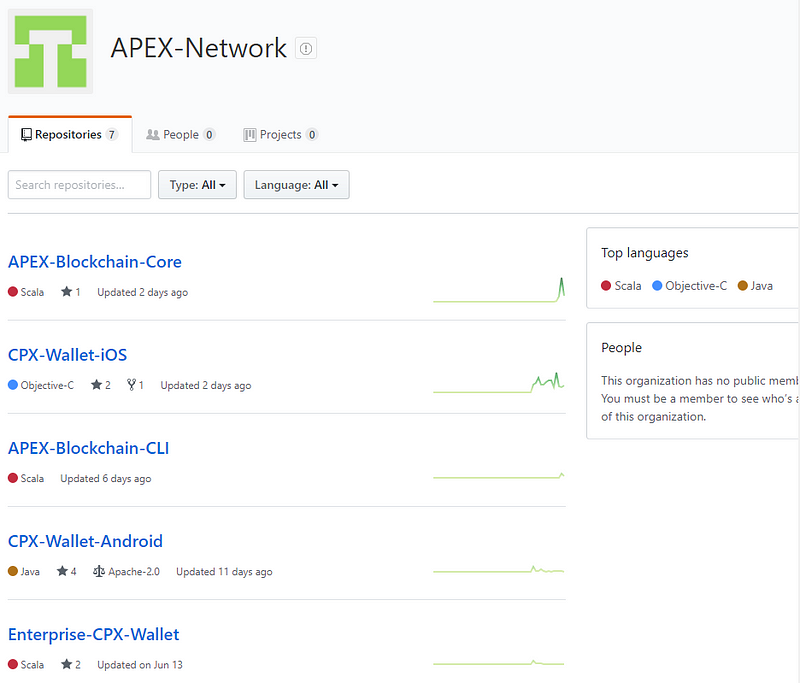
Blockchain-Core, let’s do it.
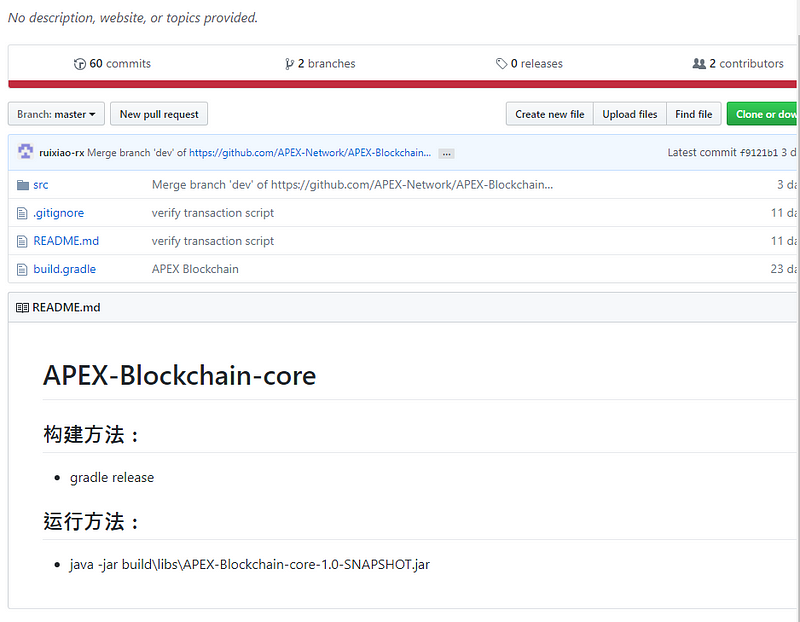
Grade, scala, 2 contributors, 60 commit, first commit 23 days ago
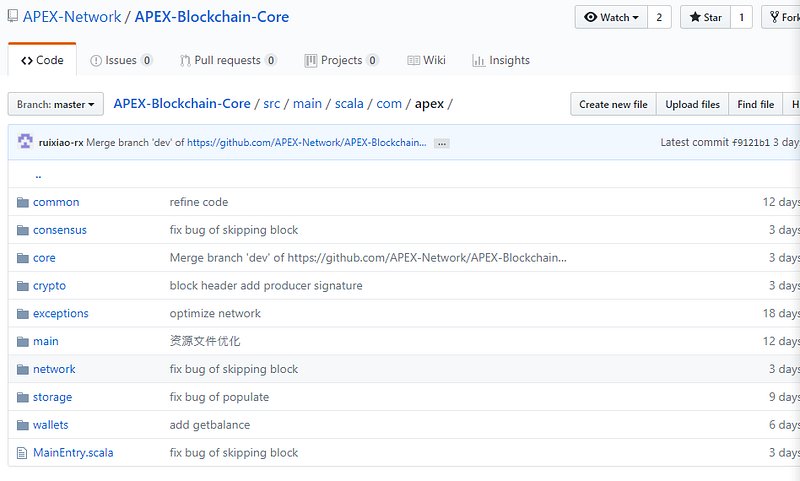
All the usual suspects.
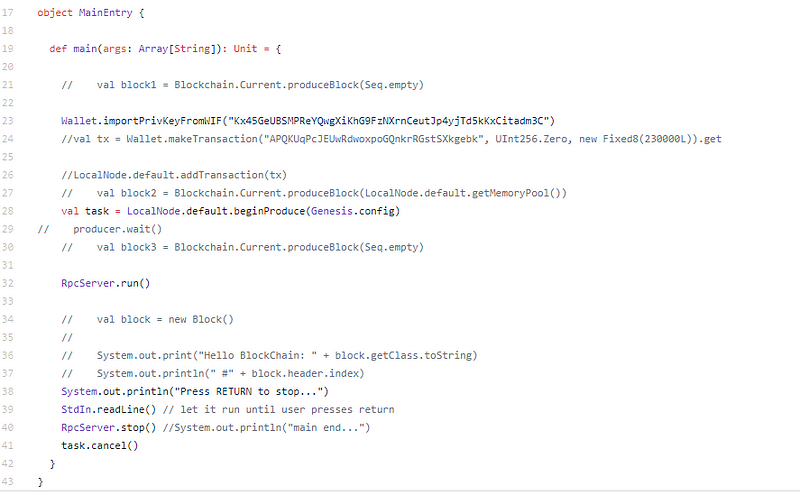
Main mostly used for testing, WIF hardcoded. Not a great start.
This code was started around the 27th July. Apex listed in April. Guess it took them 4 months to find developers.
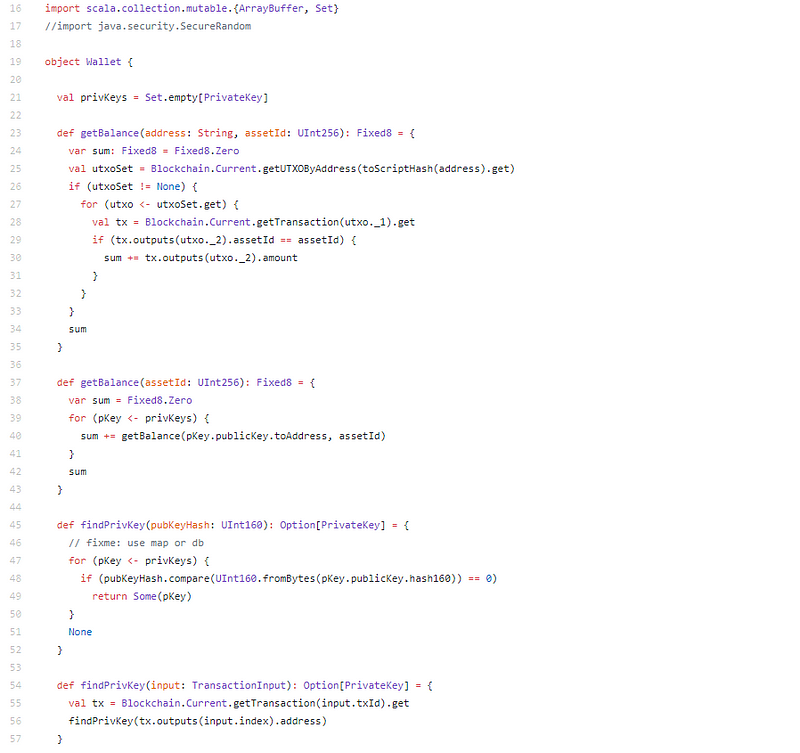
UTXO, script, WIF. Is this just bitcoin written in Scala?

Left, Apex Script, right bitcoin-lib script. Exactly the same except for some error handling that was removed in the Apex version.

More copied code.
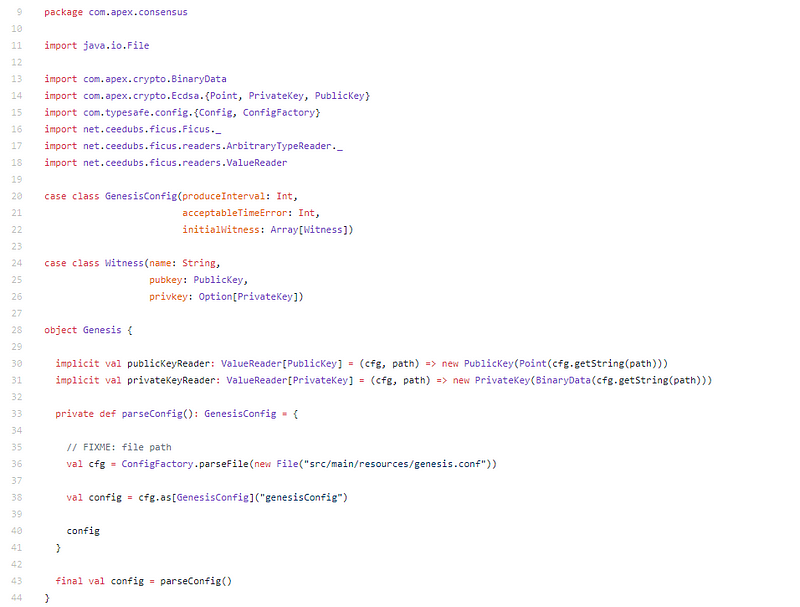
This is “consensus”. Nothing here, moving on.
The rest is boiler plate. There is nothing here.
Apex Network Code Review Conclusion:
I can’t even.
You can chat about Apex Network in our Telegram group.
Disclaimer: Crypto Briefing code reviews are performed by auditing what is on display in the master branch of the repo’s made available. This was performed as an educational review and any comments in the article are the opinion of the writer. It is normal for code to change rapidly, hence we timestamp our code reviews so that they present a snapshot at a moment in time. Information contained herein should not be used as any comment or advice on the project as a whole.
Apex Network Code Review Timestamp: August 19th 2018
